Samsung Galaxy A26 vs. Galaxy A36
The new Galaxy A series is here and if you are looking to upgrade your older budget device, especially if it’s a Samsung, the Samsung Galaxy A26 and the Samsung Galaxy A36 are both very sensible options. If, for whatever reason, you’d like to stick with Samsung’s ecosystem, then these two phones should definitely be on your list.
The difference in MSRP between the two is about €80 in the EU, but in reality, third-party stores have already slashed the price and it’s more like €40-50. In the UK, it’s a different situation as Samsung seemingly has much better control over the retail pricing there and the current price difference between the two is a whopping £100. It’s about the same situation in the US where the difference is $100.
In any case, choosing between the two siblings is a valid dilemma, so let’s try to solve it.
Table of Contents:
For starters, you can compare the complete specs sheets or directly continue with our editor’s assessment in the following text.
Size comparison
Although both devices offer the same screen diagonal, the Galaxy A36 is considerably more compact. Sure, it’s slightly wider, but it’s shorter and thinner than the A26 by a sensible amount. They also weigh roughly the same. The main reason is likely the bezels. The Galaxy A26 has considerably thicker bezels.

When it comes to build quality, design, and ingress protection, the two phones are identical. You get IP67 water and dust protection either way, and Gorilla Glass Victus+ sheets protect the front and back, while the frame is plastic on both phones.
Display comparison
At first glance, the Galaxy A26 and A36 feature identical displays. That’s, at least, what the specs suggest. Same diagonal, same resolution, same refresh rate, same HDR support (only in YouTube). Aside from the visual traits, of course. The A36 has a punch-hole selfie camera and much thinner bezels, whereas the A26 adopts a dated teardrop-style notch with thick bezels all around.
According to our tests, the Galaxy A36’s display is significantly brighter. It peaked around 1,200 nits, whereas the A26 didn’t even get to 800 nits. The Galaxy A36 is the clear winner in this category, providing a much more comfortable outdoor viewing experience.
Battery life
Looking only at the Active Use Score, the Galaxy A36 comes out on top, but the difference is not as clear-cut. Depending on your usage patterns, you may even get similar overall battery endurance from the two devices. If your primary use case is web browsing and social media, the A36 will provide much longer runtimes. If gaming is your favorite pastime, then the Galaxy A26 will offer better battery life.
Charging speed
Neither phone is particularly fast when it comes to charging, but the Galaxy A36 is definitely the faster of the two. It now supports 45W fast charging, compared to the 25W cap on the Galaxy A26. This allows the device to charge significantly faster in the first 30 minutes of the charging cycle, but it’s only about 12 minutes faster to the finish line.
In any case, if fast charging is a priority feature, definitely go for the Galaxy A36 (plus a compatible fast charger and cable).
Speaker test
The Galaxy A36 leads in both loudness and overall speaker quality. And it’s no surprise. The A36 has a set of hybrid stereo speakers, while Samsung decided to downgrade the A26’s speaker setup to just one bottom-facing loudspeaker.
Despite the slightly distorted vocals and highs at higher volumes, the A36’s sound quality is pretty good for its class. It provides deeper, warmer-sounding tracks with more prominent bass than the A26.
Performance
Memory configurations are very similar, both start from 128GB and go up to 256GB storage, but the A26 starts from just 4GB of RAM, while the A36 gets 6GB by default. This may not sound like a big deal, but the extra RAM on the A36 may come in handy in the long run. Having more RAM can be seen as future-proofing.
This year, the Galaxy A26 is getting the Exynos 1380 SoC that powered the Galaxy A35 the year before, while the A36 now sports an upgraded Snapdragon 6 Gen 3 chip. But overall performance isn’t all that different. The benchmark results reveal the whole picture.
Benchmark performance
As you can see, the difference in raw performance isn’t big. The A36’s Snapdragon 6 Gen 3 offers 5% performance increase over the Exynos 1380 in combined and pure CPU scenarios. The GPU test shows a more noticeable performance gain with a 15% jump, according to 3DMark’s Wild Life Extreme benchmark scenario.
Camera comparison
The two handsets share similar camera hardware, but the Galaxy A36 has a small advantage. The main 50MP sensor is bigger, the dedicated macro shooter is 5MP instead of 2MP and the 12MP selfie camera can record 4K videos. The A26’s 13MP front-facing camera is capped at 1080p@30fps.
As for the ultrawide, it’s identical across both devices.
Image quality
Comparing the two main cameras side by side reveals minor differences. You’d have to look really closely to see that the A36 has an advantage over the A26 in terms of sharpness, fine detail and maybe dynamic range. The A36 produces stills with slightly wider dynamic range and more natural shadows.




Main camera: Galaxy A26 • Galaxy A36 • Galaxy A26 • Galaxy A36




Main camera: Galaxy A26 • Galaxy A36 • Galaxy A26 • Galaxy A36
There’s even less noticeable difference at night, but the A36 achieves nicer contrast and livelier colors.
The bigger main sensor on the Galaxy A36 has a clear superiority over the A26’s 50MP shooter in 2x zoom mode. The A36 produces sharper and more detailed photos.




2x crop zoom: Galaxy A26 • Galaxy A36 • Galaxy A26 • Galaxy A36




2x crop zoom: Galaxy A26 • Galaxy A36 • Galaxy A26 • Galaxy A36
When it comes to the ultrawide, the two devices offer very different renditions, and we like the A26’s better. Not only is the A26’s ultrawide shots sharper, they are also with more accurate colors. The A36’s ultrawide tends to have a warmer color temperature, turning grass and foliage into yellowish muddy spots.




Ultrawide camera: Galaxy A26 • Galaxy A36 • Galaxy A26 • Galaxy A36




Ultrawide camera: Galaxy A26 • Galaxy A36 • Galaxy A26 • Galaxy A36
The A36’s ultrawide at night offers better colors but way too bright shadows.
Video quality
Below we have a few framegrabs from the videos taken by the two phones at each focal length, so it’s easier to compare to one another.
To our surprise, the Galaxy A26’s main camera delivers better dynamic range. The A36’s footage has slightly better definition but darker shadows.
The Galaxy A26’s ultrawide camera also has better dynamic range, and this time, the footage is even slightly sharper and more detailed.






Video screengrabs: A26 FHD 0.6x • A36 FHD 0.6x • A26 4K 1x • A36 4K 1x • A26 4K 1x • A36 4K 1x
We couldn’t find a noticeable difference in the low-light footage, except that the A26 captures better colors and its exposure metering is better at avoiding clipping the highlights. Do keep in mind that the Galaxy A36 offers stabilization in 4K resolution, whereas the Galaxy A26’s EIS capabilities are capped at 1080p.
Verdict
As you can see, the Galaxy A36 beats the A26 in almost all departments. It has a brighter display, better speakers, longer battery life, slightly faster charging, a faster chipset, a under-display fingerprint reader, and even eSIM support.
The two phones trade blows in the camera department, and the Galaxy A26 offers a microSD slot.
The A36 is objectively the better phone of the two and we’d happily recommend getting it over the A26. And with a difference as low as €40-50 in the EU, it makes all the sense. However, in the US and the UK, there is a much bigger price gap, so if your purchase decision is strongly price-sensitive or if you absolutely need to have a microSD slot, you might be better off with the Galaxy A25 as it will provide you with much of the same user experience while saving you some cash.

- The lower price tag.
- The similar user experience.
- The better videos and ultrawide camera.
- The microSD card slot.
Get the Samsung Galaxy A26 for:

- The brighter display.
- The better speakers.
- The faster chipset.
- The slightly faster charging.
- The tad longer battery life.
- The under-display fingerprint reader.
- The 4K selfie videos and 4K video stabilization.
- The modern looking punch-hole selfie camera and thinner bezels.
- The eSIM support.
Get the Samsung Galaxy A36 for:
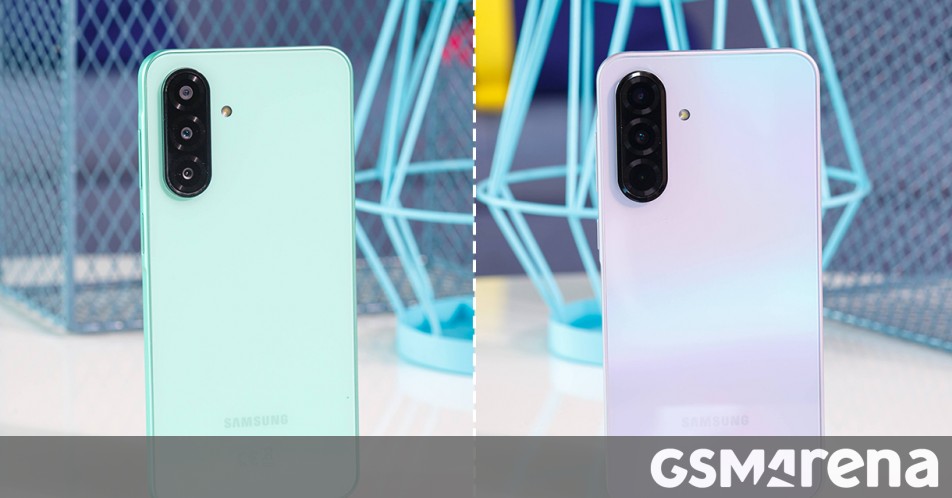
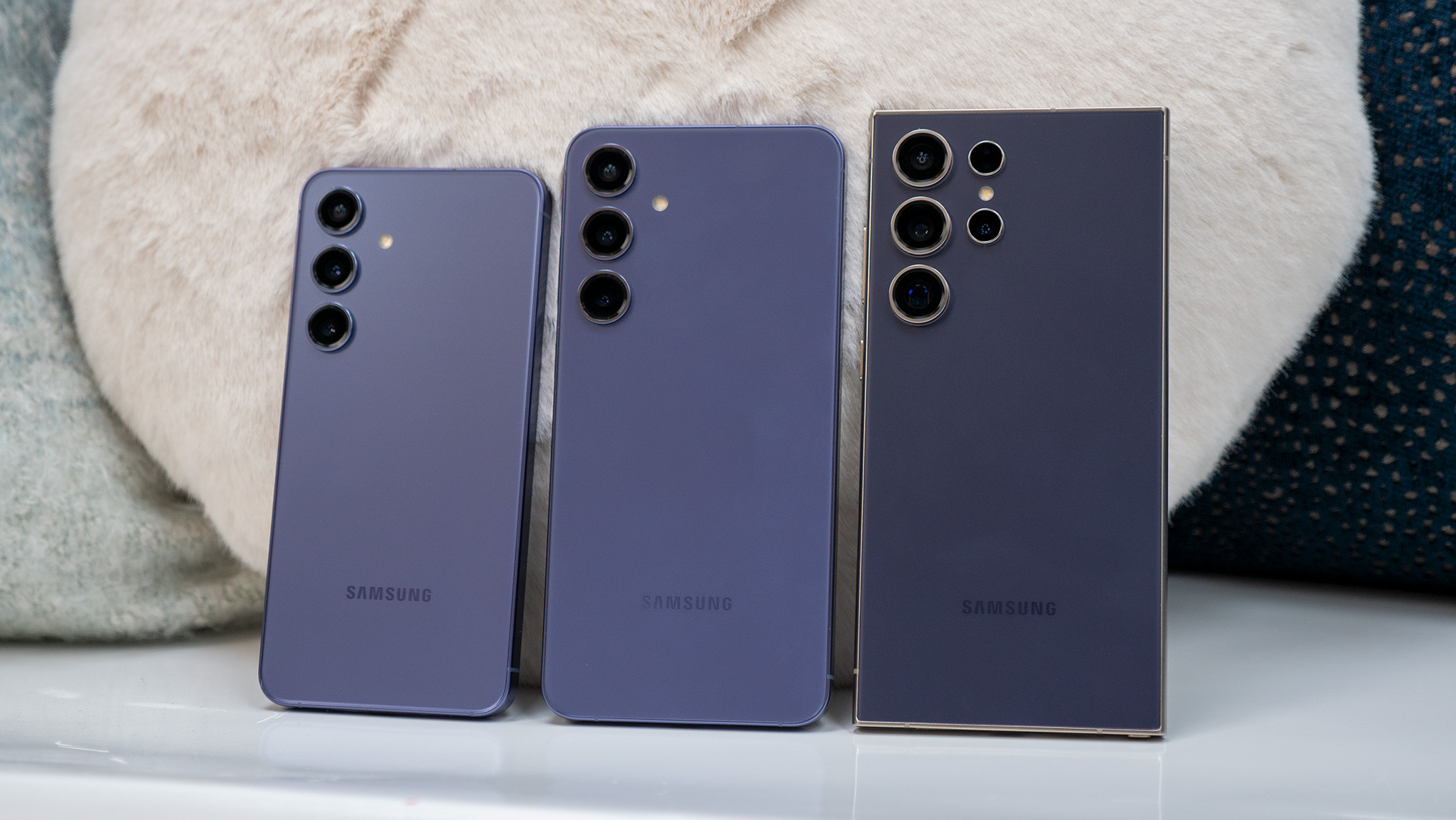
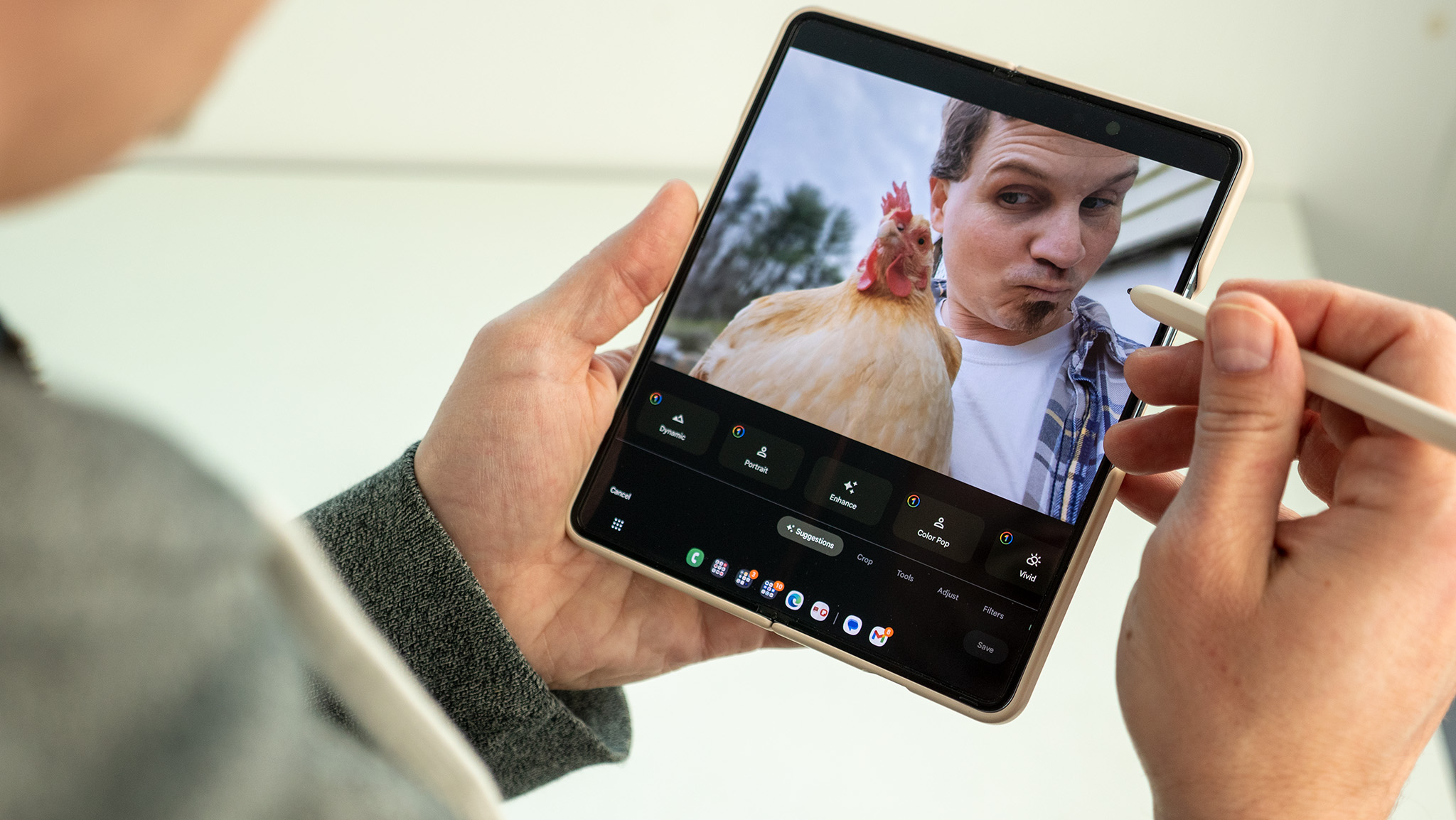
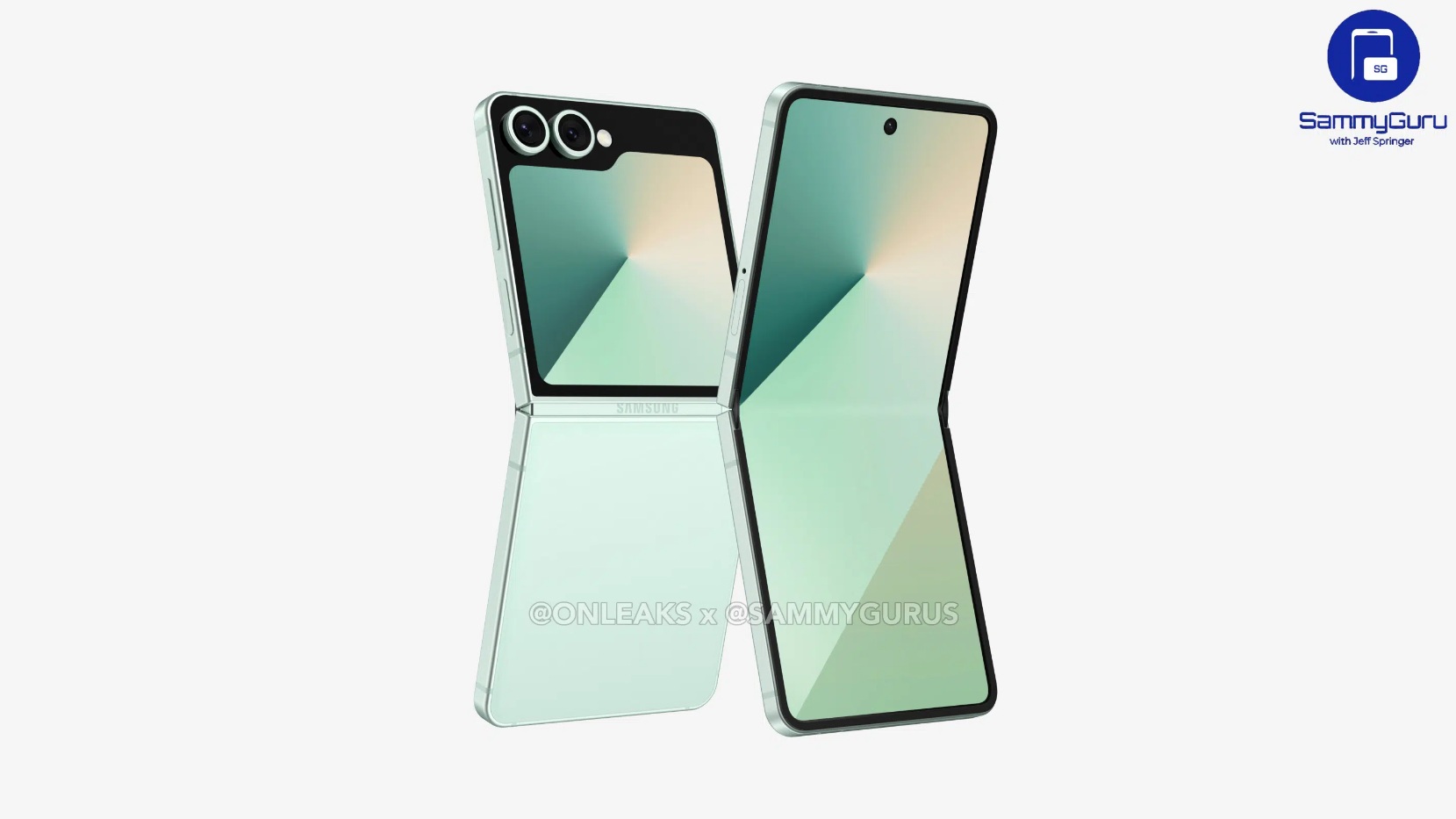
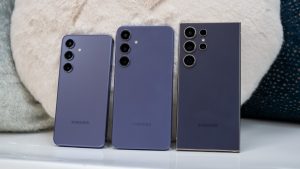

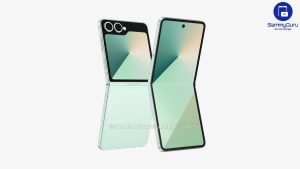


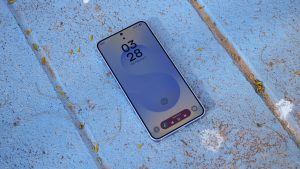




Post Comment